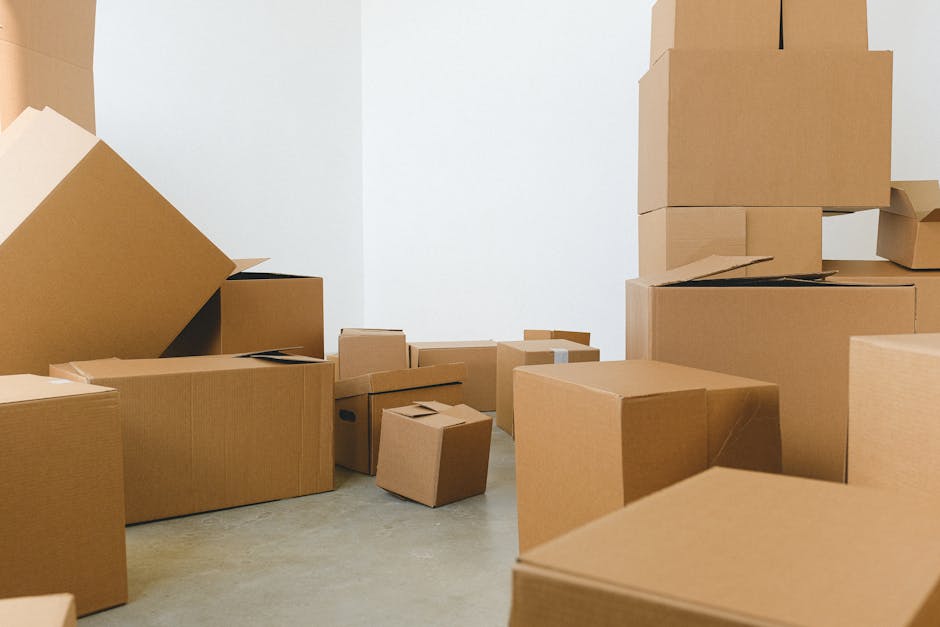Introduction to Home Flooring Upgrades
Deciding to upgrade your home’s flooring is a big move, but how do you know it’s time? ElmWood Flooring is here to dive into that. Upgrading your flooring can breathe new life into your home. It not only refreshes the look but can also boost your home’s value. Think about it – floors are the unsung heroes of our homes, taking all the wear and tear of daily life. So, if your floors are looking a bit worse for wear, it might be a sign to start considering an upgrade. Whether it’s the worn-out carpet that’s been around since the 90s or the scratched hardwood that’s seen better days, new flooring can make a world of difference. And guess what? Nowadays, there are more options than ever – from luxury vinyl that can mimic hardwood to sustainable bamboo, the choices are vast. We’re not just talking aesthetics here; functionality plays a massive part too. Maybe you need something more durable for pets or easier to clean in high-traffic areas. Whatever your reason, upgrading your flooring could be the refreshing change your home needs.
Sign #1: Visible Wear and Tear
When your floor starts showing signs of wear and tear, that’s your first big hint it’s time for an upgrade. We’re talking noticeable scratches, chips, or even planks that look like they’ve seen better days. It’s not just about looks; these signs can be a safety hazard too. Floors that are worn down can lead to trips and falls, especially if you’ve got little ones running around. If your floor’s looking rough and making your space feel outdated, investing in new flooring can breathe fresh life into your home. Keep in mind, a durable floor not only looks better but also adds value to your home.
Sign #2: Outdated Style and Appearance
Floor trends move fast. What was stylish a decade ago might now scream outdated. If stepping into your home feels like a trip back in time and not in a good way, it’s a sign. Modern flooring can transform a space, making it feel fresh and contemporary. If your floors have those old-fashioned patterns or colors that clash with everything else, it’s time for an upgrade. Remember, the floor is a big part of your home’s visual real estate. Updating it can change the entire vibe of your place, making it more inviting and appealing. Plus, new flooring can be a smart investment, often increasing home value. So, if your home’s style seems stuck in the past, consider this your nudge to explore new flooring options.
Sign #3: Damage from Water or Moisture
When your floors start showing signs of damage from water or moisture, it’s a clear signal they need upgrading. This could mean your flooring has started to warp, stain, or even buckle in places. These issues aren’t just unsightly; they can also lead to bigger problems like mold or structural damage if ignored. Water damage is often due to spills, leaks, or high humidity levels. If you’re noticing any of these signs, it’s time to consider new flooring options that are better suited to resist moisture and give your home a fresh look. Remember, tackling the problem early can save you from more extensive and expensive repairs down the line.
Sign #4: Increased Maintenance and Cleaning Efforts
If you find yourself spending more time scrubbing your floors than enjoying them, it’s a clear sign that an upgrade is due. Old flooring can harbor more dirt and become harder to clean over time. It doesn’t matter if it’s tile, hardwood, or carpet; if the effort to keep them looking good feels like a never-ending battle, consider this a big red flag. Increased maintenance often means the protective coatings or the material itself has worn down. That’s not just a headache to deal with but can also lead to bigger problems like mold or damage that’s expensive to fix. Switching to new flooring reduces cleaning time and maintenance fuss, giving you more time for what you actually enjoy.
Sign #5: Poor Indoor Air Quality and Allergens
Your home’s floors might be the silent culprit behind your sneezing fits and the constant need to dust off surfaces. Old carpets, in particular, can trap a myriad of allergens and dust particles, leading to poor indoor air quality over time. If you’ve noticed a persistent increase in allergy symptoms or a decline in the freshness of your indoor air, it’s a strong signal that your floors need an upgrade. Switching to hardwood, laminate, or tile can significantly reduce the presence of allergens in your home. Plus, these options are easier to clean, ensuring that you can maintain a healthier living environment. Don’t let your floors compromise your air quality and health; consider this sign a nudge to explore new flooring sales for a fresher, cleaner home.
Evaluating Your Flooring Options During Sales
When flooring sales hit, it’s the perfect timing to assess your options without denting your wallet. But where do you start? First, let’s talk materials. Hardwood floors bring warmth and a classic touch, ideal for living rooms and bedrooms. If you’re leaning towards durability, especially in high-traffic areas, consider laminate or vinyl. They mimic the look of real wood or stone but at a fraction of the cost. Tiles, on the other hand, work best in kitchens and bathrooms, thanks to their water-resistant nature.
Now, ponder on the installation aspect. Some flooring types, like click-lock vinyl or floating laminate, are DIY-friendly. This means you can save on labor costs. However, materials like hardwood or tile might need a professional touch, adding to the overall expense.
Lastly, think about longevity and maintenance. While carpet might offer a cozy feel, it requires more upkeep and might not last as long as hardwood or tile. Choose an option that balances aesthetics, functionality, and care, ensuring your investment stands the test of time.
Flooring sales give you a unique advantage to upgrade affordably. So, evaluate your needs, consider these points, and make an informed decision that suits your home and lifestyle.
The Benefits of Upgrading During Flooring Sales
Upgrading your home’s flooring during sales is smart. You save cash and elevate your living space. First off, flooring sales mean discounts. Who doesn’t like paying less? Second, you get to pick from a variety of options. Sales often mean retailers want to clear out stock, giving you more choices. Plus, new floors boost your home’s value. It’s an investment that pays off if you ever sell. Also, upgrading can save you on future repairs. Old floors come with issues. New ones mean less hassle down the road. Lastly, it’s a chance to make your home more you. New floors can change a room’s vibe. All in all, upgrading during a sale is a win-win. Save up to 50% off on any 2023 products left in stock, call or contact ElmWood Flooring today for your free phone quote or to set up an in-home appointment! 773-209-7499
How to Choose the Right Flooring Material
Choosing the right flooring material seems daunting, but it’s all about matching your needs to what’s out there. First, think about durability. Got kids or pets? You’ll want something that withstands traffic, like hardwood or laminate. Next, consider maintenance. If you’re not into constant cleaning, steer clear of high-maintenance options. Budget’s another big one. Don’t let sticker shock get you; there are quality choices for every wallet. Style matters too. Your floor should reflect your taste and complement your home’s vibe. Lastly, think about the room’s use. Moisture-heavy areas like bathrooms demand water-resistant materials, like vinyl or tile. By weighing these factors, you’ll land on the perfect flooring that suits your life and your style.
Planning Your Flooring Upgrade: Next Steps and Considerations
Deciding to upgrade your flooring is a big move, but what comes next? It’s all about planning and making the right choices. First, think about what you want. Are you aiming for comfort, durability, style, or maybe all three? Different rooms might need different types of flooring. Kitchens and bathrooms love vinyl or tile because they handle water well. Living areas and bedrooms? Hardwood or carpet bring warmth and comfort.
Next, set a budget. Remember, the cost isn’t just about buying the flooring. Installation can add a lot. Some materials, like laminate, might be DIY-friendly if you’re looking to save. But, for jobs like hardwood or tile, calling in the pros is probably your best bet.
Think about the long run. How long do you plan to live in your home? Are you upgrading to increase its value for a sale, or is this change all for you? Durable materials might cost more upfront but can save you money down the line.
Check out our samples at ElmWood Flooring in your home before settling. Lighting can change how colors look. That beautiful floor sample in the store might not look the same in your living room.
Finally, timeline. Some flooring can be laid down in a day, but others might take longer. And if you’re ordering materials, add shipping time. Planning for delays means you won’t be caught off guard.
See? Not so daunting. Just take it step by step, and before you know it, you’ll be enjoying your new floors.





